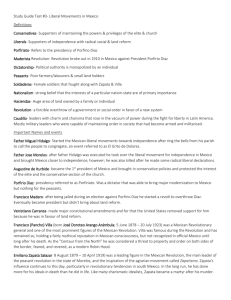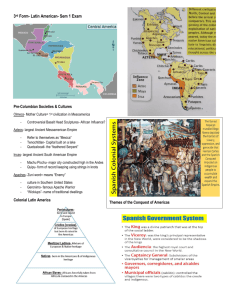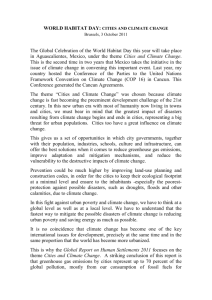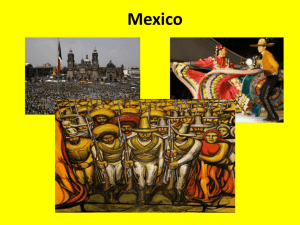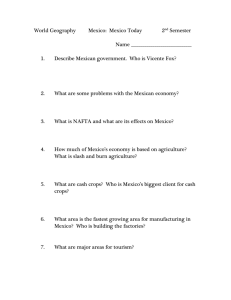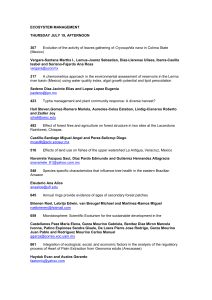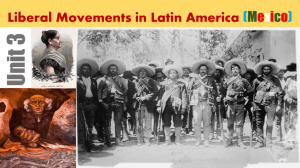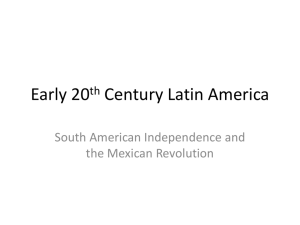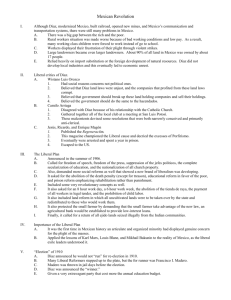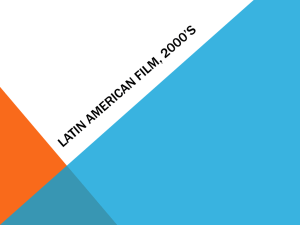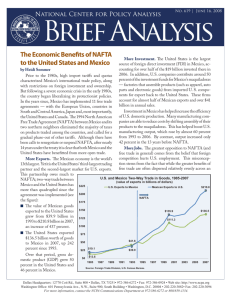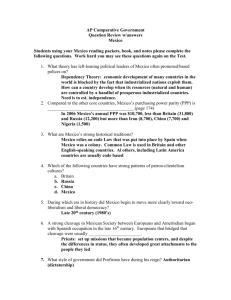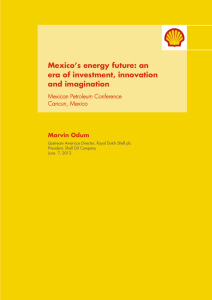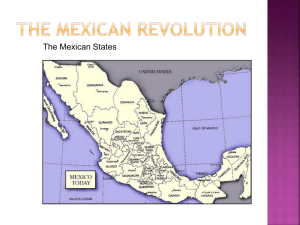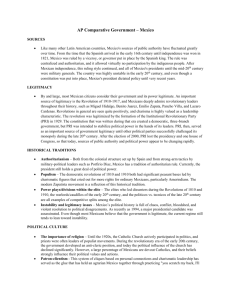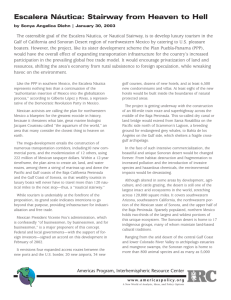From “Big Stick” to “Dollar” to “Missionary” Diplomacy: The Hunt for
advertisement
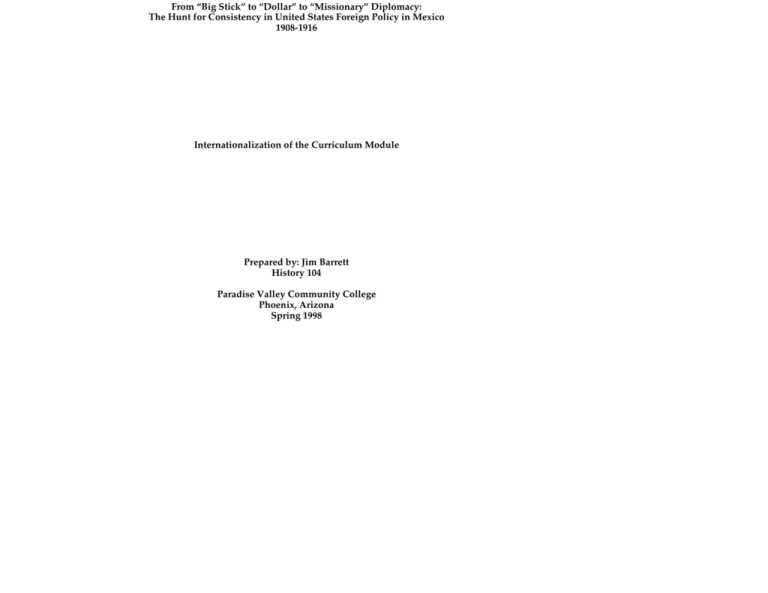
From “Big Stick” to “Dollar” to “Missionary” Diplomacy: The Hunt for Consistency in United States Foreign Policy in Mexico 1908-1916 Internationalization of the Curriculum Module Prepared by: Jim Barrett History 104 Paradise Valley Community College Phoenix, Arizona Spring 1998 B. Other courses where this module might apply: HIS 105 Arizona History HIS 109 Mexican-American History HIS 145 History of Mexico HIS 209 The Chicano in 20th Century America GCU 103 Global Issues 2. Content A. Outline I. U.S. Diplomacy, 1908-1916 1. “Big Stick” - an analysis of definition, how it was instituted in Mexico, and by whom 2. “Dollar” - an analysis of definition, how it was instituted in Mexico, and by whom 3. “Missionary”- an analysis of definition, how it was instituted in Mexico, and by whom 4. U.S. Reaction at home II. Mexican Leadership: Acceptance and Resistance, 1908-1916 1. Porfirio Diaz - reaction to U.S. foreign policy 2. Francisco Madero - reaction to U.S. foreign policy 3. Victoriano Huerta - reaction to U.S. foreign policy 4. Venustiano Carranza - reaction to U.S. foreign policy 5. Pancho Villa - reaction to U.S. foreign policy 6. U.S. Reaction at home B. Bibliography Websites 1. MECHA at UTEP (www.utep.edu/mecha/revolucion/) 2. Xicanos in CyberSpace (www.qvo.com/pvilia.html) 3. Readings in Latin American Civilizations (www.umich.edu/~proflame/mirror/etext/diaz.html) Videos available to augment this module: 1. The American Experience on PBS "The Hunt for Pancho Villa" WGBH in Boston ISBN: 0-7936-1053-2 2. "Cuartelazo": Huerta's Life on Video C. Articles Articles from works cited are included in packet. 3. Methodology A. Instructor’s Role The Instructor in this module provided, through lecture, a descriptive background on the foreign policy philosophies of Presidents Theodore Roosevelt, William Howard Taft, and Woodrow Wilson. Particular emphasis was placed on implementation of said policies in Mexico. The Instructor wanted to engage the students in a dialogue about the Mexican reaction to U.S. Involvement in Mexico during the time period, 1908-1916. B. Student's role Students were divided into six groups. Five of the groups were individually assigned the task of researching, primarily through the Internet, the background and rise to power of one of the Mexican leaders during the time of said U.S. involvement, as well as each leader's reaction to that involvement. The sixth group was charged with finding U.S. reaction at the time to interference in Mexico, using newspaper accounts. Each group reported back to class in order to engage the other groups in comparison dialogues. 4. Evaluation Student objectives were generally measured by handouts which they provided to other groups, which attested to their research of the topic, as well as their involvement and input into the class discussion of the topic which they researched. Their ability to link future relationship patterns between America and Mexico were sought out in the discussion, with special attention to World War 1.





